Welcome to the War Resisters League Store!

You have to be persistent.” – Linda M. Thurston, ¡Presente!
We hope you’ll find these resources for resistance helpful.
Questions? Please contact us at orders@warresisters.org.
WE CANNOT TAKE ORDERS FROM OUTSIDE THE US DUE TO THE HIGH COST OF POSTAGE

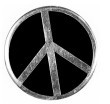


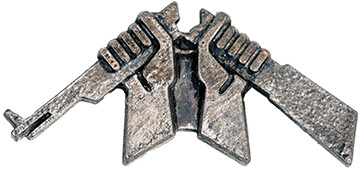
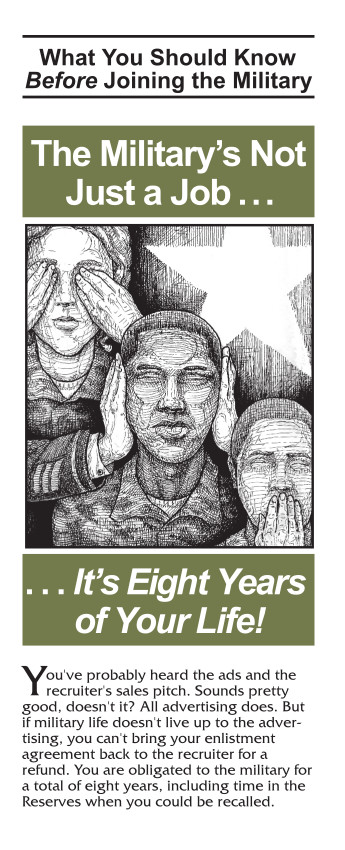
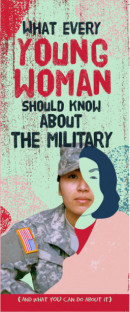
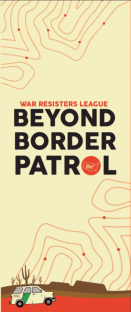
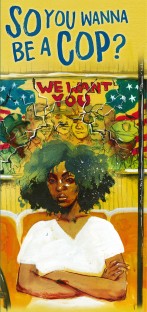
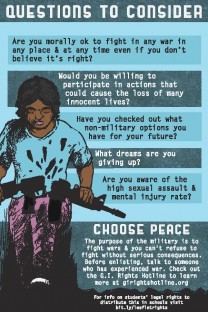

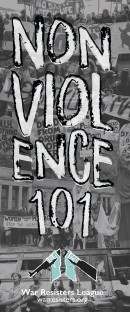
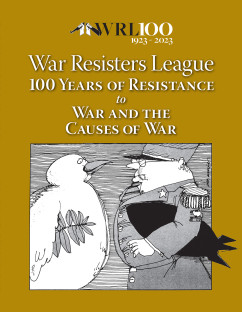
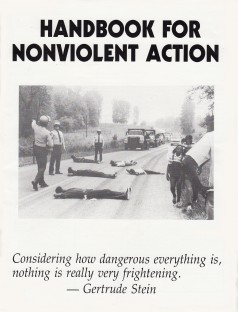
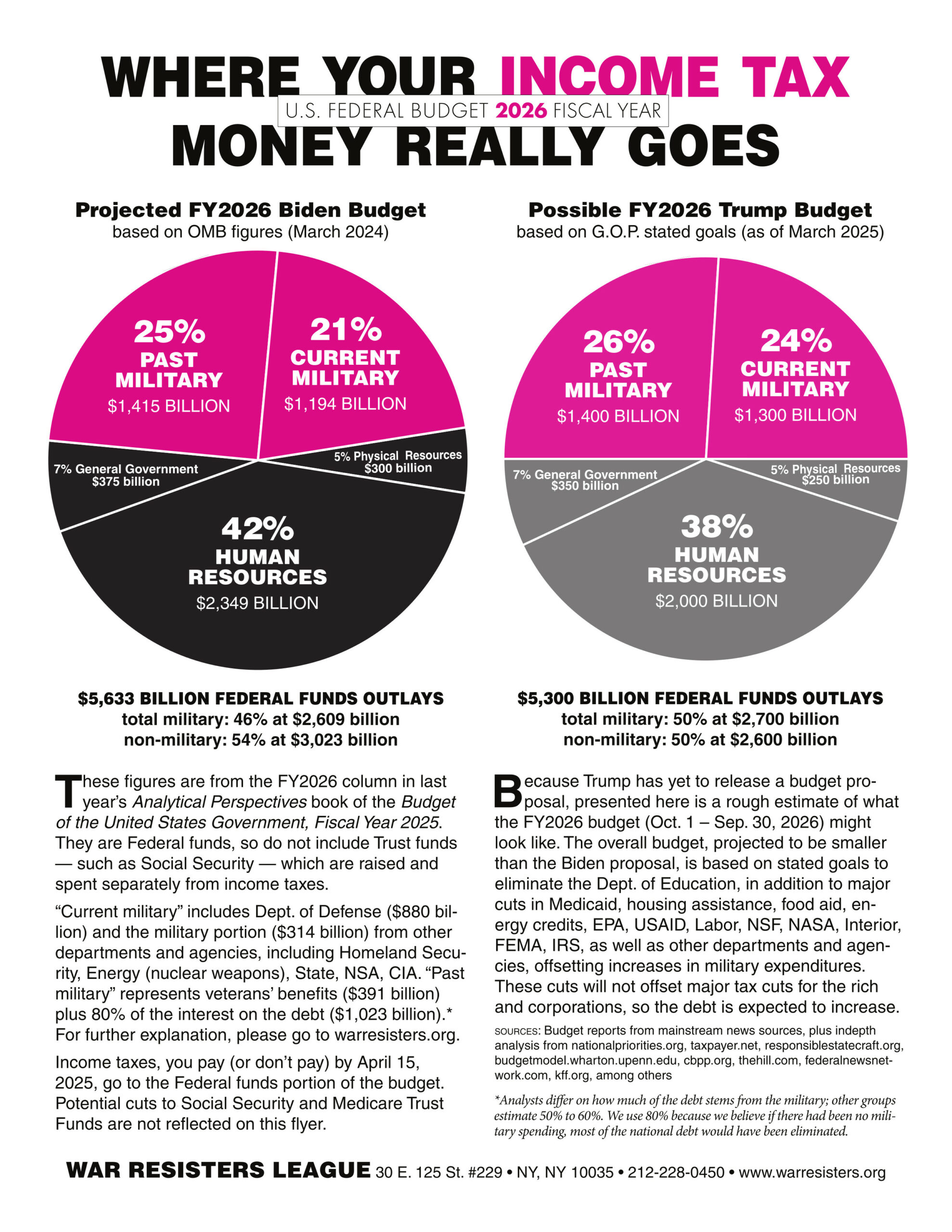
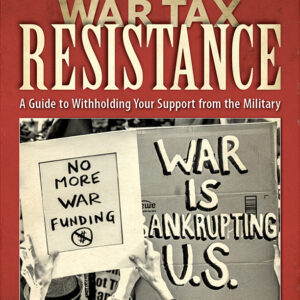 War Tax Resistance: A Guide To Withholding Your Support from the Military
War Tax Resistance: A Guide To Withholding Your Support from the Military